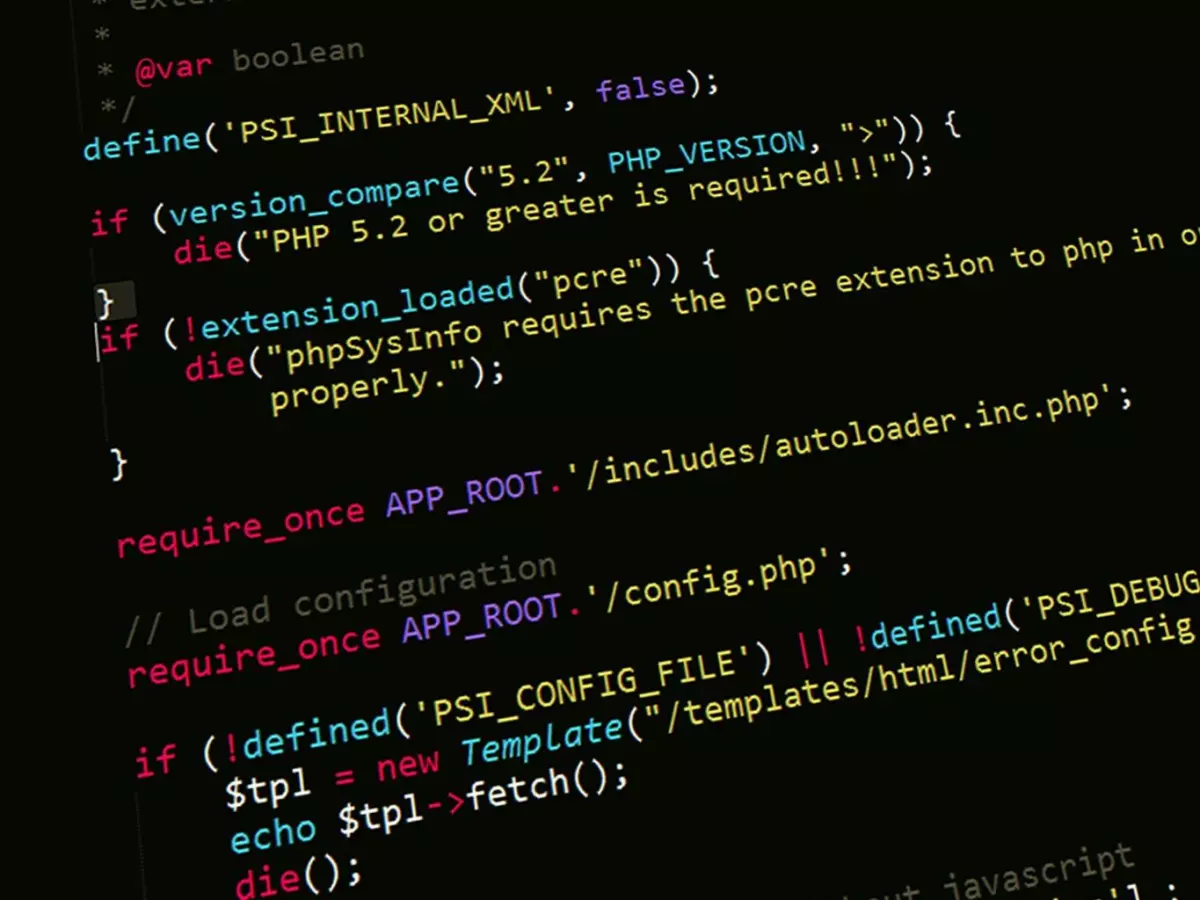Domain-Driven Design
“If you don't understand the domain, you won't understand the problem.” — Eric Evans, the father of Domain-Driven Design (DDD).

By Mia Johnson
Eric Evans' words hit home for anyone who's ever been knee-deep in code, only to realize that the real problem isn't the code itself—it's the lack of understanding of the business domain. Domain-Driven Design (DDD) is all about solving that problem by aligning your software with the core business needs. But what exactly is DDD, and why should you care? Well, buckle up, because we're about to dive into the world of DDD and why it's a game-changer for software development.
What is Domain-Driven Design (DDD)?
At its core, Domain-Driven Design is a software development approach that focuses on the business domain—essentially, the problem space you're trying to solve. Instead of just writing code for the sake of it, DDD encourages developers to work closely with domain experts (think business analysts, product owners, and stakeholders) to create a shared understanding of the problem. This way, the software you build is not only technically sound but also aligned with the business's goals.
DDD was first introduced by Eric Evans in his 2003 book, Domain-Driven Design: Tackling Complexity in the Heart of Software. The idea is simple: the more you understand the business domain, the better your software will be at solving real-world problems. But don't be fooled by its simplicity—DDD is a powerful tool that can drastically improve the way you approach software development.
Why Should You Care About DDD?
Okay, so why should you care about DDD? Isn't it just another buzzword in the endless sea of software development methodologies? Not quite. DDD is particularly useful in complex domains where the problem space isn't immediately clear. Think of industries like finance, healthcare, or logistics—places where the rules are constantly changing, and the stakes are high.
In these environments, traditional development approaches often fall short because they don't fully capture the nuances of the business domain. DDD, on the other hand, thrives in complexity. By working closely with domain experts, developers can create software that not only meets technical requirements but also solves real business problems. And let's be real—what's more satisfying than delivering a solution that actually makes a difference?
Key Concepts in DDD
Now that we've covered the basics, let's dive into some of the key concepts that make DDD so powerful:
- Ubiquitous Language: One of the core principles of DDD is the creation of a ubiquitous language—a shared vocabulary that both developers and domain experts use to describe the problem space. This ensures that everyone is on the same page and reduces the risk of miscommunication.
- Bounded Contexts: In DDD, a bounded context is a specific area of the business domain that has its own rules and logic. By breaking the domain into smaller, more manageable pieces, developers can focus on solving one problem at a time without getting overwhelmed by the complexity of the entire system.
- Entities and Value Objects: In DDD, entities are objects that have a distinct identity, while value objects are objects that are defined by their attributes rather than their identity. Understanding the difference between these two types of objects is crucial for modeling the business domain accurately.
- Aggregates: An aggregate is a group of related entities and value objects that are treated as a single unit. Aggregates help to enforce consistency within the domain by ensuring that changes to one part of the aggregate don't break the rest of the system.
- Repositories: In DDD, repositories are responsible for retrieving and storing aggregates. They act as a bridge between the domain model and the underlying data storage, allowing developers to focus on the business logic without getting bogged down by database concerns.
How to Implement DDD in Your Projects
So, you're sold on the idea of DDD, but how do you actually implement it in your projects? Here are a few tips to get you started:
- Collaborate with Domain Experts: The whole point of DDD is to align your software with the business domain, so make sure you're working closely with domain experts throughout the development process. This will help you create a shared understanding of the problem space and ensure that your software meets the business's needs.
- Start Small: DDD can be overwhelming, especially if you're working in a large, complex domain. Start by focusing on a single bounded context and gradually expand your understanding of the domain as you go.
- Embrace Iteration: DDD is an iterative process, so don't be afraid to revisit and refine your domain model as you learn more about the problem space. The more you iterate, the better your software will be at solving real-world problems.
- Use the Right Tools: There are plenty of tools and frameworks out there that can help you implement DDD in your projects. Look for tools that support things like domain modeling, event sourcing, and CQRS (Command Query Responsibility Segregation) to make your life easier.
The Future of DDD
As software systems become more complex and business requirements continue to evolve, the need for approaches like DDD will only grow. In fact, we're already seeing DDD being used in conjunction with other modern development practices like microservices and event-driven architecture to create highly scalable, maintainable systems.
So, what's next for DDD? Expect to see more tools and frameworks that make it easier to implement DDD in your projects, as well as more widespread adoption of DDD in industries like finance, healthcare, and logistics. If you're not already using DDD in your projects, now's the time to start!





